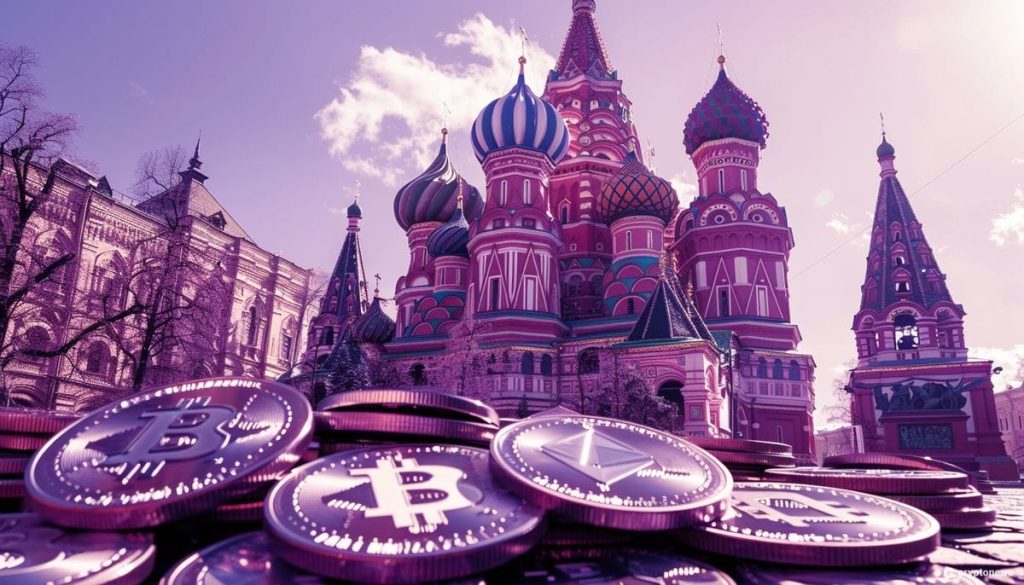The Central Bank of Russia revealed that in 2023, Russian crypto exchange transactions amounted to almost $52 billion, with over $51.67 billion worth of Bitcoin and Ethereum transactions being potentially traceable to Russian citizens. Despite this, most Russians do not use major crypto exchanges to trade coins, suggesting that the actual figure could be higher. The Central Bank’s annual report for 2023 highlighted the high level of involvement of Russians in the cryptoasset market, with the volume of Bitcoin and Ethereum transactions on large exchanges potentially attributable to Russians amounting to 4.78 trillion rubles.
The report also indicated that the peer-to-peer (P2P) market has become the main channel for acquiring cryptoassets in Russia. The bank noted that in the first half of 2023, the average monthly volume of P2P transactions among Russians increased by more than 50%. This data was based on calculations made using the blockchain analytics tool Prograchniy Blockchain, developed by Rosfinmonitoring, the nation’s anti-money laundering agency. The tool is said to be accurate in tracing citizens’ transactions across multiple blockchain networks and has even helped solve a crypto-powered contract killing case.
In June 2023, a Russian IT firm claimed that almost $300 million worth of crypto trades are made available every day on the nation’s P2P market, indicating a significant amount of activity in the sector. Despite this, the Central Bank reported a drop in the number of Russians using major overseas crypto exchange platforms to buy and sell crypto. The bank’s calculations suggest that the P2P market has become the primary avenue for Russians to acquire cryptoassets, pointing to a shift in the way citizens are engaging with cryptocurrencies.
The Central Bank’s assessment of the Russian crypto market highlights the growing interest and participation of Russian citizens in the sector. The data on crypto exchange transactions indicates a substantial amount of value being exchanged through Bitcoin and Ethereum on large exchanges, potentially tied to Russian involvement. The reliance on the P2P market further underscores the changing landscape of crypto trading in Russia, with more Russians turning to alternative channels for acquiring digital assets.
Overall, the Central Bank’s report paints a picture of a dynamic and evolving crypto market in Russia, with significant transactions taking place on both large exchanges and the P2P market. The use of blockchain analytics tools and data from anti-money laundering agencies reveals a level of surveillance and monitoring in the sector. As Russian citizens continue to engage with cryptocurrencies, the regulatory landscape and market dynamics are likely to shape the future of digital asset trading in the country.


